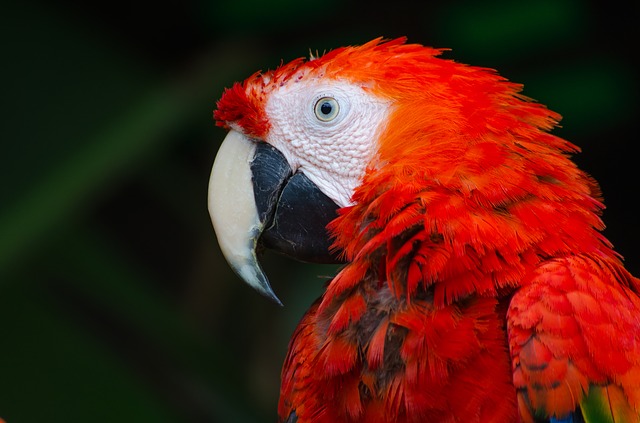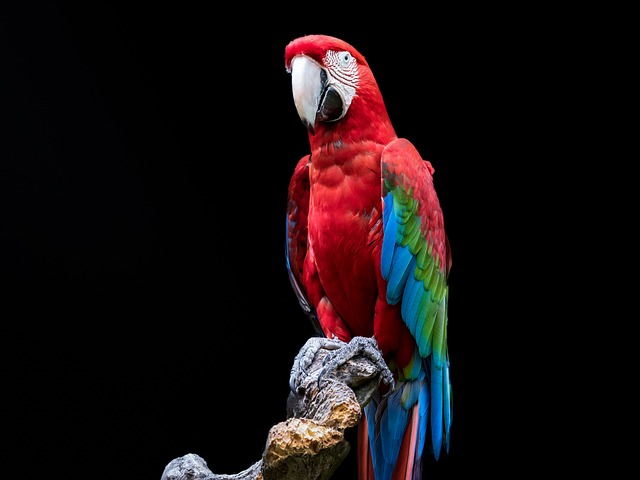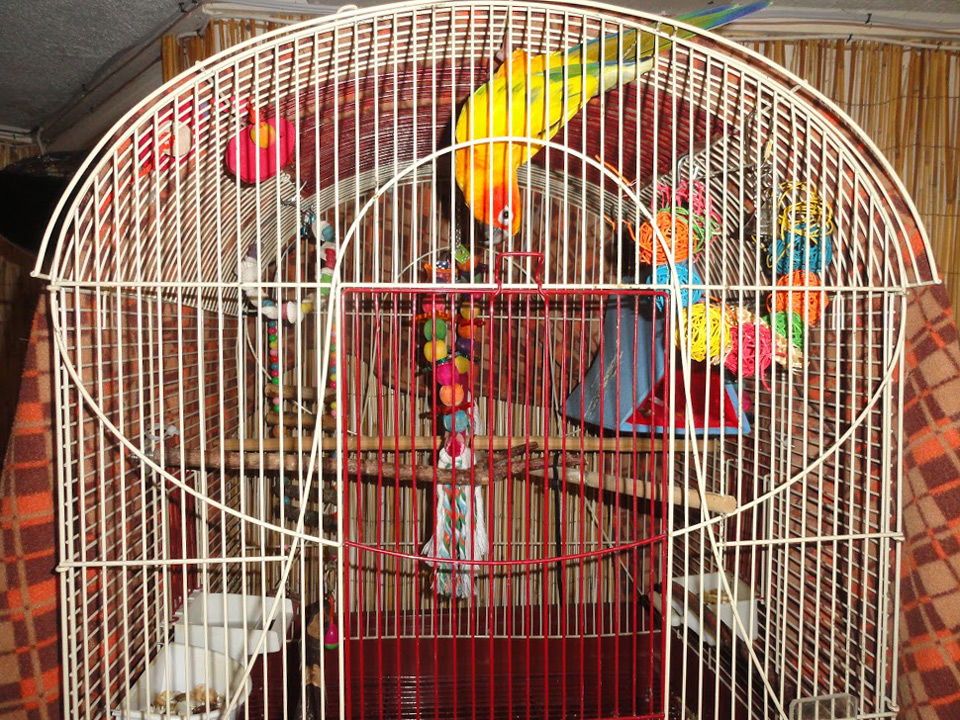Bedding Materials
- Grating: Needs cleaning often, should not be used with birds that suffer from night fright due to possible injury. Keeps the bird from going down to play in the bedding material. May or may not work that way.
- Newspaper: No shiny color print due to toxicity. Cheap, easy to clean, can turn white bird black if the bird likes to play with the paper. Bird may shred it and toss it. Very few cases of ingestion.
- Corncob: Looks pretty, but needs to be cleaned daily. Wet areas must be removed due to mold growth. Easy to toss, but doesn’t always scatter when bird flaps its wings. Baby birds might ingest, causing crop impaction.
- Crushed walnut shells: Can Have mold or pesticides. Might be ingested by baby birds, causing crop impaction. Looks pretty, but easy to scatter when bird flaps its wings. Also easy to toss.
- Wood shavings PINE ONLY: Never use cedar or chlorophyll shavings. These can cause death!! Looks pretty as well, but easy to toss and when the bird flaps its wings it does scatter. Birds might also ingest, causing crop impaction.
- Paper towels: Very absorbent, soft, easy to clean. Bird can shred or toss. Very few cases of ingestion.
- Paper pellet bedding: Looks pretty, but bird may try eating. Ingestion cases reported. Hard for bird to scatter by flapping its wings, but he can still toss.
- Grass pellet bedding: Looks pretty, but bird may try eating. Ingestion cases reported. Hard for bird to scatter by flapping its wings, but it can still toss. Can have mold or be contaminated with pesticides.
- Computer paper: Easy to clean, but bird may shred and toss. Very few cases of ingestion.
- Citrus rinds: Can be contaminated with pesticides or molds. Looks good and smells good, however. Bird can toss and it can scatter easily when the bird flaps its wings. Cases of crop impaction reported.
- Paper pulp: Looks like lots of shredded paper. Manufacturer claims even if ingested it won’t cause crop impactions, but it is too new on the marked to know if this claim is true.
- Nothing: The safest of all! However, thorough daily cleaning is a must. Bottom needs to be disinfected daily. Offers no soft footing or extra warmth for young or sick birds.
WARNING: NEVER USE SAND, GRAVEL, OR CAT LITTER! THESE WILL CAUSE CROP IMPACTION AND MAY KILL YOUR BIRD.
Cleaning The Cage
- How often should you clean the cage? The answer will vary depending on the level of cleanliness you want or need.
- If the cage is new and you suspect that it contains a zinc coating (toxic to birds) it must be wiped down first with a vinegar solution. This will help prevent toxicity.
Daily: Bottom of the cage should be changed. Fresh food and water (use alternate set of dishes and water bottles if you wish.)
Weekly: Daily routine plus wipe cage around with a good disinfectant, rinse with water after air drying unless directed otherwise. Perches scrapped of droppings or replaced. Toys need to be cleaned, replaced, or rotated as well.
Monthly: Daily routine plus weekly routine. Replace perches that cannot be cleaned. Everything in the cage needs to be thoroughly cleaned. Therapeutic perches cleaned and checked for usual wear. Inspect cage for any rust, loose joints, peeling paint, rough spots on bars or other troubles.
Bi-Annually: Twice a year (minimum) the cage – especially a large one – needs to be taken outside, scrubbed down, disinfected, and rinsed once again. Small cages can be done more often in the shower or the tub. Perches should be replaced with new ones. Toys need to be cleaned or replaced. Check the bars for rough spots. If the cage is painted or powder coated, check to see if the paint or coating is peeling or being removed.
Disinfecting
WARNING: When cleaning the cage with any disinfectant ALWAYS READ THE LABEL CAREFULLY AND FOLLOW ALL DIRECTIONS!
There are different levels of disinfecting. Low level disinfectants (kills some bacteria, fungus and viruses). Intermediate level disinfectants (kills some bacteria, fungus, viruses, and tuberculosis). High level (kills all living organisms).
Steps to follow when disinfecting:
- Soak any area that does not wipe off easily.
- Clean with soap and hot water to remove all dirt and debris.
- Rinse thoroughly. This does not kill any bacteria, fungus, etc. Dirt, debris, and soap residue can cut down on the effectiveness of the disinfectant.
- Use a scrub brush or a toothbrush on any hard to clean area. Make sure you get into all the nooks and crannies!
- Once air dried, use the disinfectant of your choice, follow all the directions thoroughly. Air dry, outside if possible. Sunlight also disinfects.
- Rinse with water to remove any residue. Let air dry before replacing bedding, perches, toys, dishes, food and especially the bird itself.
Types of disinfectants:
- Alcohols: These kill some bacteria. Good on glass, countertops, etc. Also used as a skin disinfectant. Should be used full strength. Goes by names such as ethyl alcohol or ispropyl alcohol.
- Chlorinates: Kill a wide range of bacteria and viruses. Does not kill tuberculosis, chlamydia (psittacosis), or bacterial spores. Does produce some fumes. Never use full strength, bust be diluted. Either 1:10 or 1:32. Ask your avian veterinarian which dilution he or she recommends. Goes by the name Chlorox®, or generic bleach.
- Iodine: Kill yeast, fungus, some viruses, some bacteria such as E. coli, aspergillosis, salmonella, strep, staph, and pseudomonas. Does not kill polyomavirus or PBFD. Goes by the names Betadyne®, Vanodine®, and Providone®.
- Ammonium or quats: Kill chlamydia, some bacteria, some viruses, fungus, aalmonella, pseudomonas, is ineffective against bacterial spores, E. Coli, yeast, tuberculosis, aspergillosis. Use diluted only. Usually 1:200 solution. Goes by the name Roccal-D®, Parvosol®.
- Chlorohex: Kills yeast, gram-positive bacteria, fungi, some viruses, Newcastles, and aspergillosis. Needs to be diluted. Goes by the name Novasan® and Phisohex®.
- Phenol: Kills fungi, tuberculosis, viruses, many bacteria, Salmonella, E. Coli, chlamydia, polyoma, reovirus, pseudomonas, and staph. Very toxic to cats and reptiles. Needs to be diluted. Goes by the names Lysol® and Environ®.
- Gluteraldehyde: Kills all pathogens. Can be used full strength or diluted. Goes by the name Wavicide® and Sporocide®.8. Wood tar distillate: Kills some bacteria. Needs to be diluted. Very low level disinfectant. Goes by the name Pine-sol®.
- Wood Tar Distillate: Kills some bacteria. Needs to be diluted. Very low level disinfectant. Goes by the name Pine-sol®



